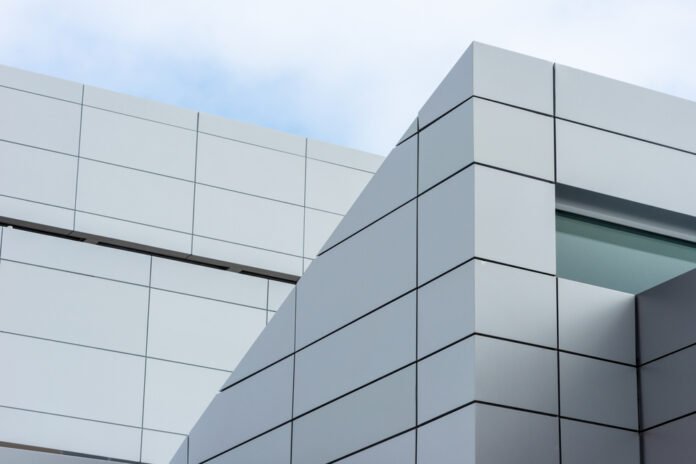The world of architecture and design is in a period of exciting evolution, with aluminium cladding standing out as a prime example. Isn’t it astounding how a material, once used primarily for soda cans and aircrafts, has become an essential component in architectural design? Have you ever wondered how aluminium cladding has extended its reach from commercial constructions to residential buildings, and why it continues to increase its popularity among builders and architects?
In our deep dive today, we explore this sophisticated architectural innovation – aluminium cladding. We examine the technology driving its advancements and shed light on the reasons behind its rising prevalence in modern constructions. Imagine understanding why the very walls surrounding you have potentially undergone a significant evolution, all thanks to the marvel of aluminium cliding- deeply engrossing, isn’t it? So let’s begin our journey of discovery!
The Why and the How of Aluminium Cladding
In order to comprehend the growing traction of aluminium cladding, we need to delve into its benefits. Why has it emerged as a game-changer in material technology? How it has been influencing modern architectural design?
Aluminium cladding offers unmatched aesthetic versatility heightening the curb appeal of buildings. A marvel of modern science, it contributes to energy efficiency, acts as a sturdy barrier against external elements, and maintains the structural integrity of a building over time. An added benefit – it’s recyclable, thereby reducing the building’s carbon footprint. Architects and builders find themselves increasingly drawn towards aluminium cladding. How could one resist a synthesis of artistic freedom, functionality, and environmental consciousness?
Technological Innovations in Aluminium Cladding
Diving deeper into the world of aluminium cladding, it’s interesting to note the role of technology in its advancements. Have you ever thought how technologically-driven processes are enabling the creation of impeccably engineered cladding systems?
Fabrication technologies, like the roll-bending and CNC machines, have hugely influenced the aluminium cladding industry. They have allowed customization of panels to fit intricate designs and enabled efficient high-volume production. Subsequently, molecular advancements like the Fluoropolymer-based coating technology have aided in increasing the cladding’s resistance to extreme environments. Truly, these innovations have stretched the limitations of design and functionality in architecture!

Aluminium Cladding’s Role in Green Building
Has aluminium cladding made an impact in the journey towards sustainable construction? More importantly, how does it contribute to greener buildings?
Aluminium cladding, with its recyclability and durability, plays a significant role in green buildings. It reduces the need for frequent renovation or replacement, thereby reducing waste. Further, its thermally resistant properties help in maintaining optimal indoor temperatures, reducing dependency on heating and cooling systems. The incorporation of such materials is a big step towards a sustainable future in construction.
Critics of Aluminium Cladding
While aluminium cladding has brought significant benefits to modern architecture, is it without its drawbacks? Are there valid criticisms to consider?
Critics argue that mining and processing aluminium is an energy-intensive process, hence, it negates the environmental benefits of the material. It’s also pointed out that while durable, it can be susceptible to denting and buckling under extreme conditions. Understanding these drawbacks gives us a balanced perspective and informs our choices in construction materials.
The Future of Aluminium Cladding
What does the future hold for aluminium cladding? Can it remain a leading player in innovation and sustainability?
With ongoing research and advancements, the industry consistently works towards mitigating the drawbacks while enhancing its positive impacts. The future of aluminium cladding looks promising with continuing technological advancements like self-cleaning and air purifying cladding already in works.
Conclusion
Aluminium cladding has changed the face of construction and architecture. It has brought new dimensions to architectural design, facilitated sustainable construction practices, and played a significant role in our lean towards green building. As we have seen, technological advancements and innovations are at the heart of its evolution. While acknowledging the criticisms, we see an industry striving for constant improvement.
In the grand canvas of architecture’s future, aluminium cladding paints a picture of immense possibilities – a beacon of sustainable, functional, and aesthetic promise. Like paintings on a wall, our surroundings reflect humanity’s progress, ambitions, and values. Aluminium cladding is but one stroke on this vast canvas, yet it speaks volumes about our strive towards sustainability, technological prowess, and love for aesthetically pleasing spaces. It’s not just an architectural tool; it’s proof of our evolving ethos.








